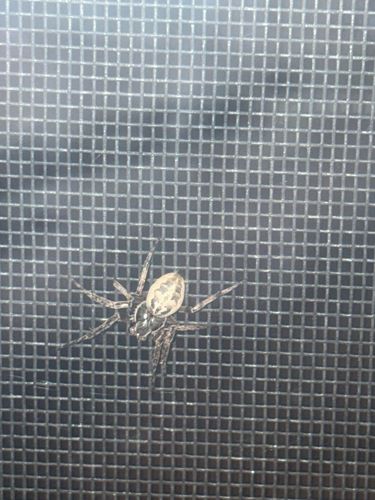Funnel Weaver Spider (Grass Spider)
Scientific Name: Agelenopsis spp. (a genus within Agelenidae)
Order & Family: Order: Araneae, Family: Agelenidae
Size: Body length typically ranges from 10 to 20 mm (0.4 to 0.8 inches) for females; males are usually slightly smaller.

Natural Habitat
Commonly found in grassy areas, gardens, fields, and around homes, often near foundations, shrubs, and tall grass. They build their sheet webs close to the ground, on structures, or in vegetation.
Diet & Feeding
Insects and other small invertebrates that get caught in their web. They consume their prey by immobilizing it with venom and then consuming the liquefied insides.
Behavior Patterns
Funnel weavers are known for building sheet-like webs with a characteristic funnel-shaped retreat at one end. They are typically shy and will retreat into the funnel when disturbed. They are fast runners and primarily active at night or dusk, waiting for prey to stumble into their web.
Risks & Benefits
Risks: Generally considered harmless to humans. Their bite is uncommon and usually only occurs if they feel threatened or are trapped against the skin. The venom is not medically significant, causing only mild, localized pain, redness, or swelling, similar to a bee sting. Benefits: They are beneficial predators, helping to control populations of various insects, including pests.
Identified on: 9/2/2025